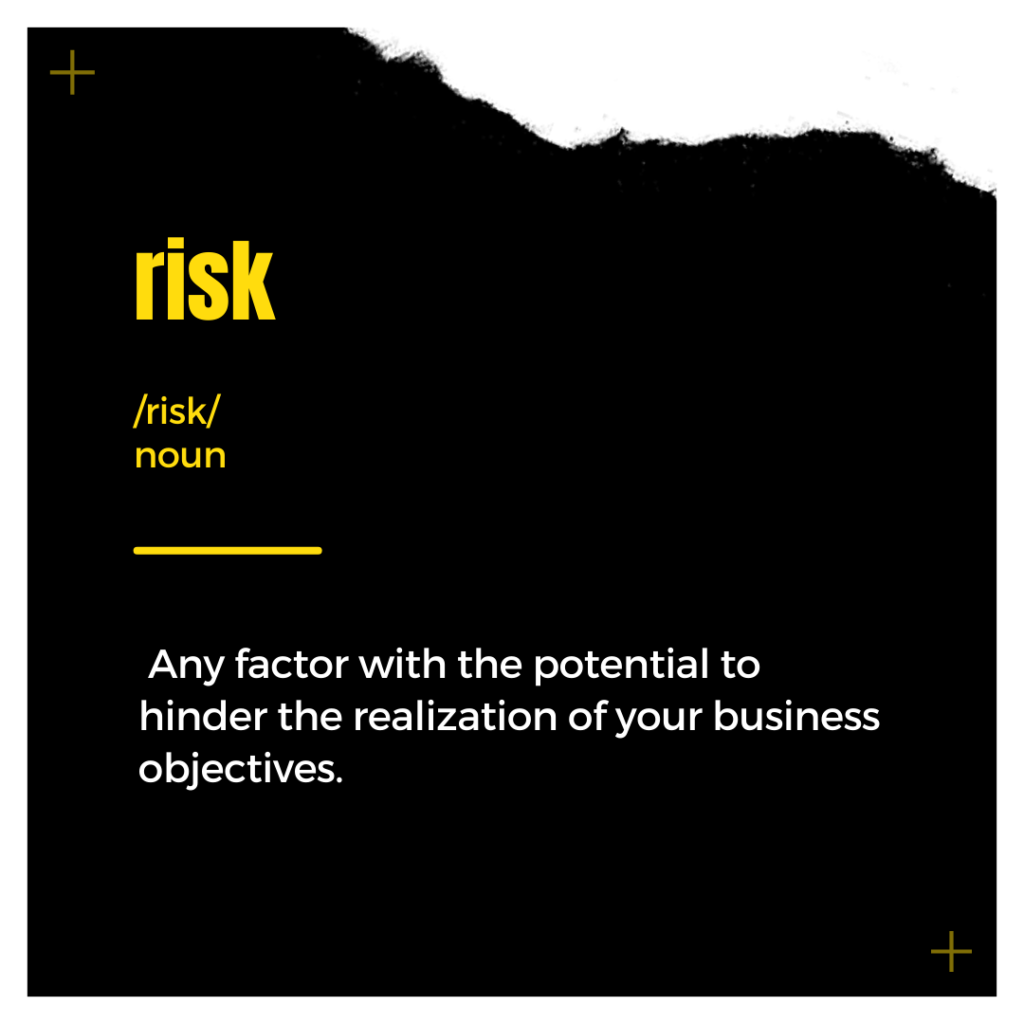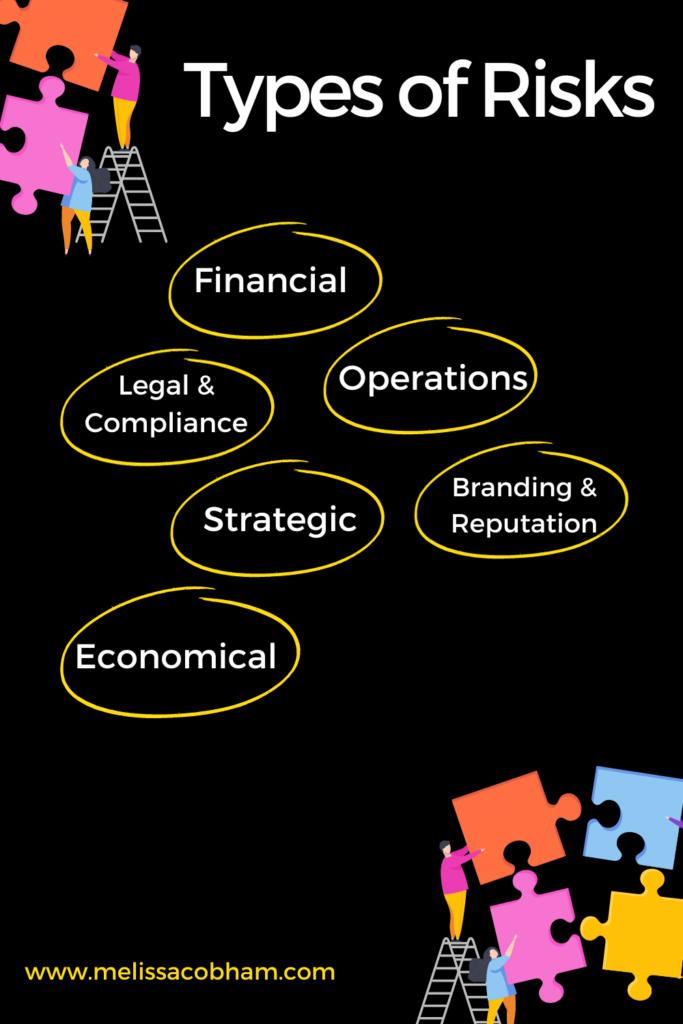The scorching sun these past few weeks has me thinking about more than just sunscreen and ice-cold drinks. As a tea enthusiast deeply entrenched in the business, I can’t help but worry about the rising temperatures and their implications for my beloved tea leaves. Global warming, climate change, whatever you call it, it’s not just an environmental buzzword—it’s a real risk that could steep my business in trouble.
Have you ever taken a moment to ponder the risks that might be lurking around your own business, whether they’re as subtle as a whisper or as glaring as the sun? Risk isn’t some mystical, far-off entity reserved for corporate giants. It’s the real deal, the sidekick to success, and should be familiar to you as the morning rush in a bustling small café.

Inherent Risks
Every industry has its own hurdles to navigate. Take, for instance, the tea business. It’s not all about sipping fancy blends and high tea; it’s a realm teeming with unique challenges. Mother Nature plays a leading role in this drama, and she’s quite an enigmatic character. Whether it’s rising temperatures, environmental shifts, or the ever-present specter of climate change, these factors can leave even the sturdiest tea leaves in a state of unease. Their quality, growth, and the reliability of my business supply chain can all fall under the sway of nature’s whims.
Universal Business Risks
Four fundamental truths to keep in mind. First, risk knows no boundaries; it’s a constant companion in the world of business. Whether you’re a mechanic or steering a tech startup, you’ll grapple with financial uncertainties, operational quirks, strategic conundrums, and even the daunting specter of legal complications—these are all part and parcel of your entrepreneurial journey. Additionally, in this era dominated by technology, you can’t take a single step toward success without venturing into the realm of security risks.

Second, business doesn’t grind to a halt because of potential risks. In the business landscape, uncertainty is woven into the fabric, and your mission is to embrace it, adapt, and not just endure but thrive despite it. The recent pandemic serves as a stark reminder that even the most prepared businesses can be caught off guard. While predicting the future isn’t a prerequisite, understanding the various forms of uncertainty that could potentially place your business in a tight spot and jeopardize your goals is crucial.
Thirdly, risk isn’t confined to catastrophic events like a pandemic, natural disasters, or economic downturns. It presents itself in various guises, from staffing shortages affecting customer service to an excessive reliance on a solitary supplier, a specific product or service, or even foundational elements like your business hours or the branding you’ve selected. It can also extend to hurdles such as grappling with financial reports or having an incomplete understanding of your customer base.
And fourth, risk isn’t inherently negative. In fact, if you proactively implement a process to first identify risks and align them with each of your objectives, you’ll discover that this approach not only enables you to navigate potential pitfalls more effectively but also reveals opportunities hidden within the uncertainty.
“Risk is the unexpected guest at the business table. Prepare diligently, and you’ll increase the chance of turning uncertainties into opportunities.” – Melissa Cobham
Six -Step Approach Risk Management Approach
As mentioned earlier risk is avoidable however how you choose to deal with it or not deal with it matters most. Without getting too technical here is a six-step approach to managing the risk in your business.
1. Chart Your Course
Begin by knowing your business objectives inside out. Think of them as your guiding stars, the destinations you want to reach. Understanding them is like setting the GPS for your journey.
2. Spot the Roadblocks
Identify all potential obstacles that could throw a wrench into your plans. Picture them as roadblocks on your path to success. They might be big or small, but they all matter.
3. Determine the Likelihood of Occurrence
Determine the likelihood of each obstacle occurring and give them scores. Think of it as assessing the odds of rain during a picnic—the higher the score, the more you need to prepare for it.
4. Sort and Prioritize
You’ve got your obstacles ranked by likelihood, but that’s not all. Also, consider their impact on your business. This is where you decide which roadblocks are speed bumps and which are potential landslides. Prioritize based on the combined score.
5. Plan of Defense
With your priority list in hand, it’s time to plan your strategies. Some obstacles can be vanquished, others tamed, and some can be shared with others (like getting insurance for bad weather on your picnic day).
6. Get Your Head in the Game
Taking action is key. Don’t let your plans gather dust; implement them. But remember, the road ahead is unpredictable, so keep an eye on your surroundings. Monitor continually and be ready to adjust your course as needed.
The views reflected in this newsletter are the views of the author and do not necessarily reflect the views of Aegis Business Solutions, its partners, or any affiliated companies.
If you found value in this article, I encourage you to share it with fellow women entrepreneurs who can also benefit from these insights. Please don’t hesitate to message me with your suggestions for future topics you’d like us to explore.
Stay tuned for my next article, coming the week right after the release of our National Budget for the year 2023/2024. I’ll provide a review and highlight any changes that may impact small businesses. Here’s to your ongoing success! I look forward to our next chat. 😊











